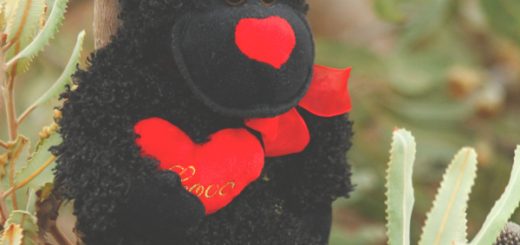Lemons and Drumsticks
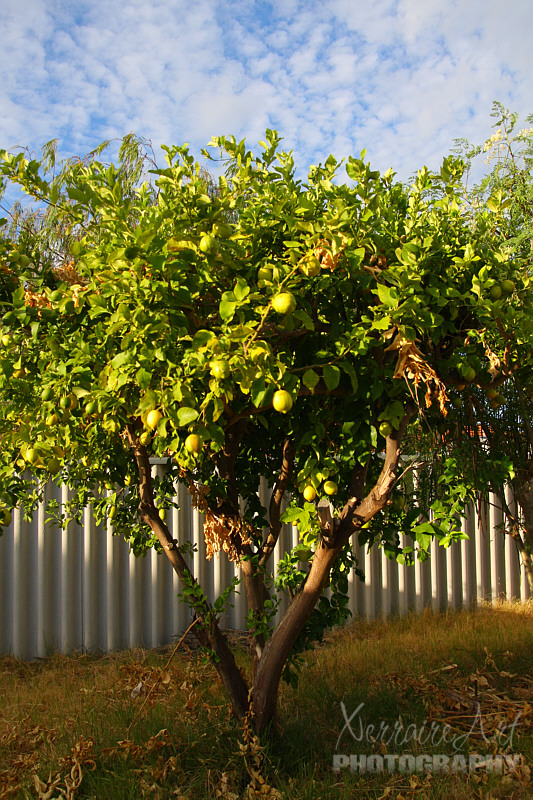
Some might not know that John and I have a lemon tree. I think it was already here when he bought the house.
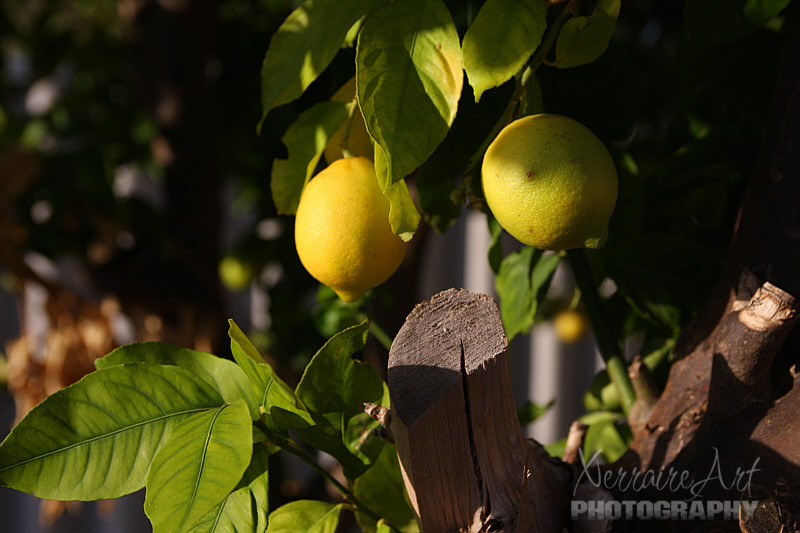
I am slowly learning when to pick them. It sure has come in handy sometimes; to flavor my water or in a recipe like I did today.
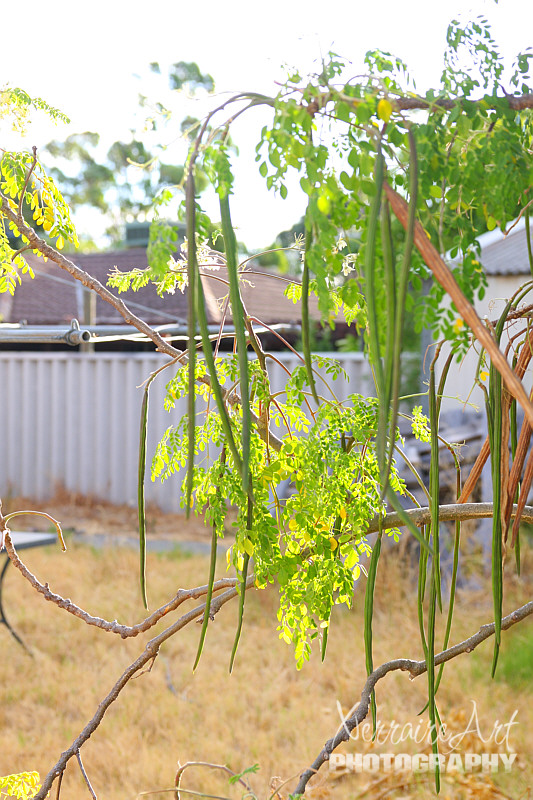
We also have a drumstick tree. Moringa oleifera . It can also be refereed to as the horseradish tree.
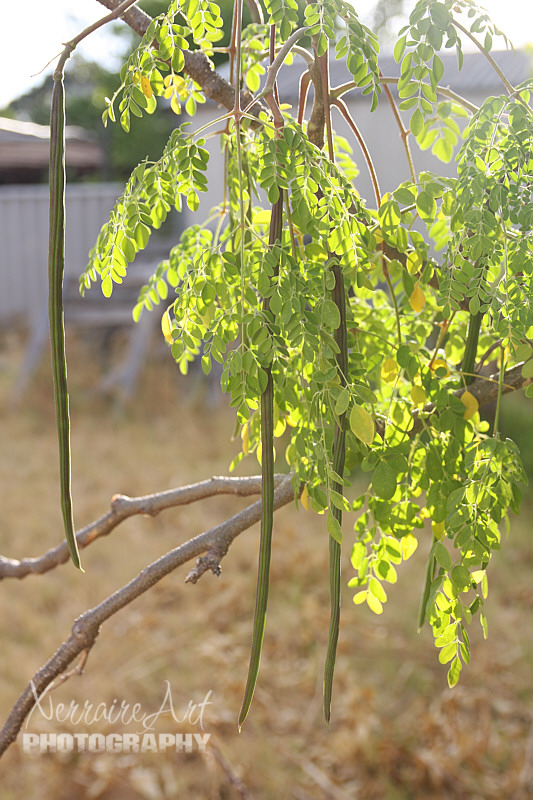
 The immature seed pods, called “drumsticks”, are commonly consumed in South Asia. They are prepared by parboiling, and cooked in a curry until soft
According to Wikipedia, almost all the parts of this tree is usable:
Many parts of the moringa are edible. Regional uses of the moringa as food vary widely, and include:
- The immature seed pods, called “drumsticks”, popular in Asia and Africa.
- Leaves, particularly in the Cambodia, Philippines, South India, Sri Lanka and Africa.
- Mature seeds
- Oil pressed from the mature seeds
- Roots
In some regions, the young seed pods are most commonly eaten, while in others, the leaves are the most commonly used part of the plant. The flowers are edible when cooked and are said to taste like mushrooms. The bark, sap, roots, leaves, seeds, oil, and flowers are used in traditional medicine in several countries. In Jamaica, the sap is used for a blue dye.
Leaves
The leaves are the most nutritious part of the plant, being a significant source of B vitamins, vitamin C, provitamin A as beta-carotene, vitamin K, manganese and protein, among other essential nutrients. When compared with common foods particularly high in certain nutrients per 100 g fresh weight, cooked moringa leaves are considerable sources of these same nutrients.
| Nutrients | Common food | Moringa Leaves | |
|---|---|---|---|
| Vitamin A as beta-carotene | Carrot | 8.3Â mg | 0.4Â mg |
| Calcium | Milk | 300Â mg | 185Â mg |
| Potassium | Banana | 358Â mg | 337Â mg |
| Protein | Yogurt | 8 g | 9.4 g |
| Vitamin C | Orange | 53Â mg | 52Â mg |
Some of the calcium in moringa leaves is bound as crystals of calcium oxalate though at levels 25-45 times less than that found spinach, which is a negligible amount.
The leaves are cooked and used like spinach. In addition to being used fresh as a substitute for spinach, its leaves are commonly dried and crushed into a powder used in soups and sauces. As with most foods, heating moringa above 140 degrees Fahrenheit destroys some of the nutritional value.
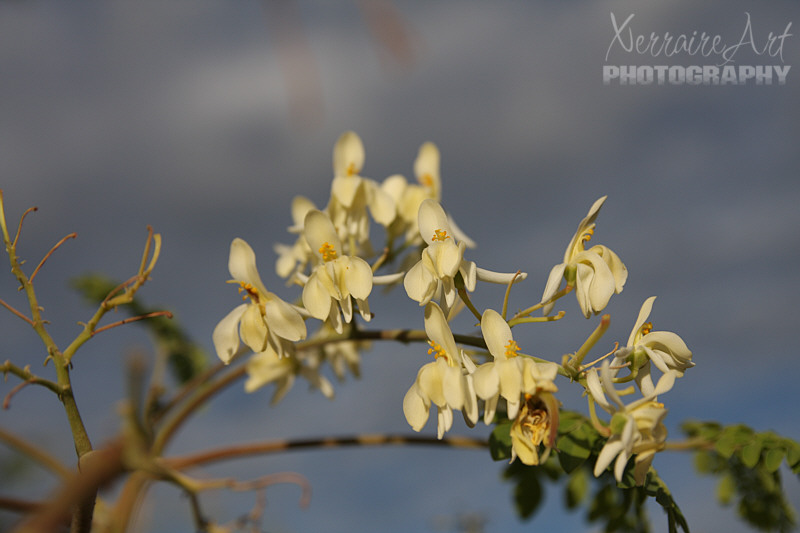
Right now it is in flower. Go figure, all of those uses and we just sort of neglect it. We do give some to Iris to make her curry.




